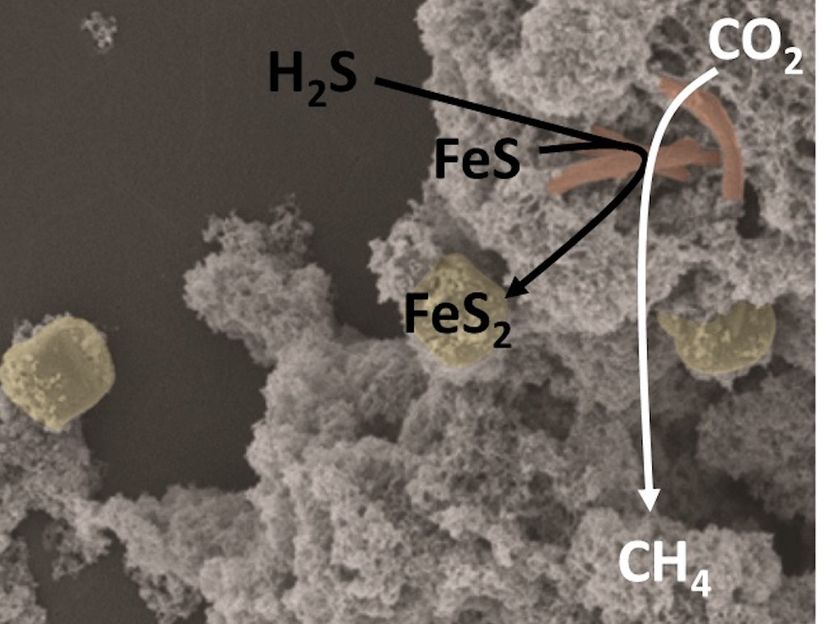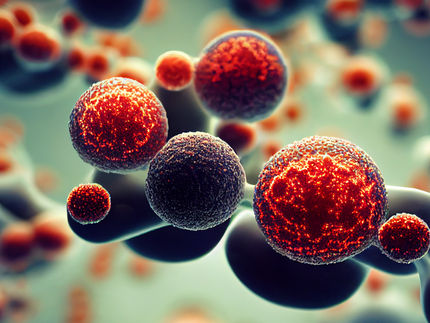Vitamin-Boosted Stem Cells Show Promise in Curing Baldness
A team of researchers in Japan has discovered that VD3, a super-active form of vitamin D, boosts stem cells to enhance and maintain their ability to induce hair growth. This new study, reported in STEM CELLS Translational Medicine, builds upon previous studies that have demonstrated how dermal papilla cells (DPCs) can stimulate epithelial stem cells to become hair.
“We had already discovered how VD3 increases the transforming growth factor TGF-ß2 and alkali-phosphatase activity — two essential features of hair-inducing DPCs. This time we focused on VD3’s therapeutic potency and values for hair regeneration,” said Kotaro Yoshimura, M.D. “The results suggest that it may be useful in expanding human DPCs with good quality, and help establish a DPC transplantation therapy for growing hair.”
Yoshimura and Noriyuki Aoi, M.D., both of the University of Tokyo (UT) School of Medicine, led scientists from UT, Osaka University and the Japan Science and Technology Agency in the investigation. After running more tests on how VD3 affected another crucial element for hair growth called Wnt10b gene expression, they collected DPCs from volunteers who had undergone facelifts, incubated the DPCs with VD3 and then grafted them onto hairless skin samples taken from rats.
“We found that treating the dermal papilla cells with VD3 significantly enhanced the growth of new hair over that of the control group,” Dr. Aoi said. “We also observed a better rate of maturation of the follicles. In other words, the hair grew thicker and lasted longer.”
“This study may contribute to the development of a cell-based therapy for hair regeneration,” said Anthony Atala, MD, Editor of STEM CELLS Translational Medicine and director of the Wake Forest Institute for Regenerative Medicine. “The research team shows the potential impact of vitamin D to boost the capacity of certain cells in the skin to form hair.”
Most read news
Other news from the department science

Get the life science industry in your inbox
By submitting this form you agree that LUMITOS AG will send you the newsletter(s) selected above by email. Your data will not be passed on to third parties. Your data will be stored and processed in accordance with our data protection regulations. LUMITOS may contact you by email for the purpose of advertising or market and opinion surveys. You can revoke your consent at any time without giving reasons to LUMITOS AG, Ernst-Augustin-Str. 2, 12489 Berlin, Germany or by e-mail at revoke@lumitos.com with effect for the future. In addition, each email contains a link to unsubscribe from the corresponding newsletter.
Most read news
More news from our other portals
Last viewed contents
Category:Pigmentation
SNOMED_CT
Panaeolus_semiovatus_var._phalaenarum
Nicholas_A._Cummings_(Nick_Cummings)
Mane_(horse)



















































